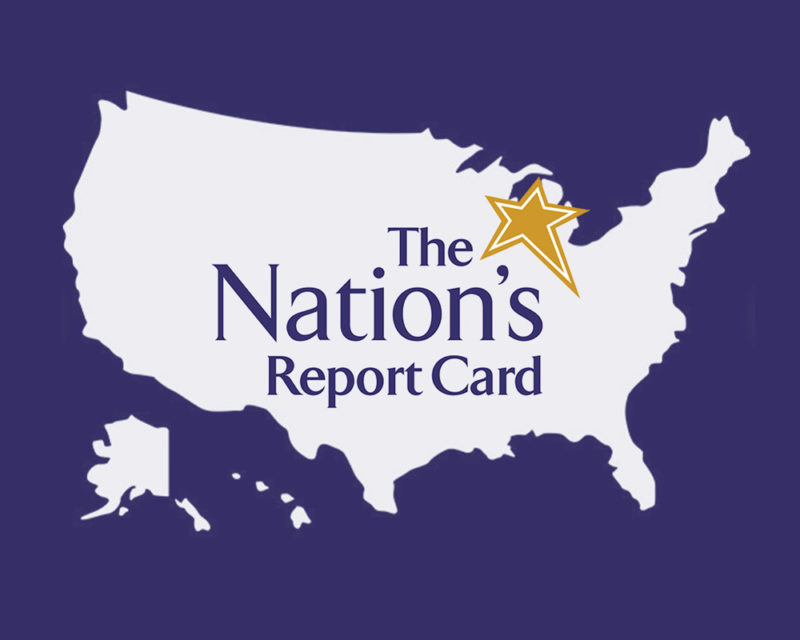Insights
What Do the NAEP Test Results Mean for Your Students
The most recent National Assessment of Educational Progress (NAEP) test for 9-year-olds showed record declines for math, especially for the most vulnerable. Everyone in the math community is concerned about these results and what it means for these 9-year-olds, as well as other students, whose learning has been impacted by the pandemic.
As I think about the challenges ahead of us, I’m struck by the fact that in some ways, students entering a new grade in the fall without having mastered all of the math content from the previous grade has always been a reality that teachers across the country work through every year, albeit this year on a grander scale than previously. So how best can we meet this challenge? How do we work with students who are in school now to help them master grade-level content by the end of this school year?
My answer is that we stick to what works, we meet our students where they are and work purposefully toward getting them where they need to be. At ORIGO, we have always believed that the best results come when we teach for long-term mastery rather than teaching toward any particular test. Whether you use our Stepping Stones 2.0 program and supplemental materials or another curriculum, the best results come from a research-based model that ensures students attain a deep, and enduring, understanding of foundational math concepts, providing them with the ability to master more complex content as they progress through each elementary grade and from grade to grade.
My advice is to look at the students in your district, your school, and your classroom. What do their test scores show? Your students may be performing better than the national average, or their scores may indicate that they are further behind. More likely, you will have both students who are doing relatively well and those who need greater support and scaffolding, just as you always have. Work with the students in front of you. Consider what strategies, programs, and supplemental materials have traditionally produced the best results. Keep doing those. Examine what hasn’t performed as well as, and think about how you either improve or replace those materials.
And if you find yourself in the position of exploring a new curriculum program or supplemental materials, keep the following selection criteria in mind. Your math instructional materials should provide teachers with:
- Deep background information that shows the why behind the equation, allowing them to help students grapple with the why behind difficult concepts
- Meaningful and scaffolded practice that allows students to own their learning
- Deliberative introduction of concepts that helps students make connections with prior learning
- Multiple visuals, and connected representations, that help students “see” the math
- Information on how to guide students in rich math discourse
- Strategies that facilitate differentiated instruction for students at different learning levels
- Methods on how to best to reach students with different learning styles
- Materials to address the needs of English-language learners
- Rich math tasks that encourage students to productively struggle as they work towards solutions
We are here to help. If you are considering a new program, check out our article on how to select an elementary math curriculum. If you want to address some gaps in your current program, take a look at our supplemental resources. If you just need some advice from time to time or would like to provide additional learning opportunities for your teachers, consider attending our free webinars and read our weekly blog.Together, we can successfully address the learning needs of our students, even those who may be considerably behind grade-level content, and help all of our students become proficient mathematicians.




